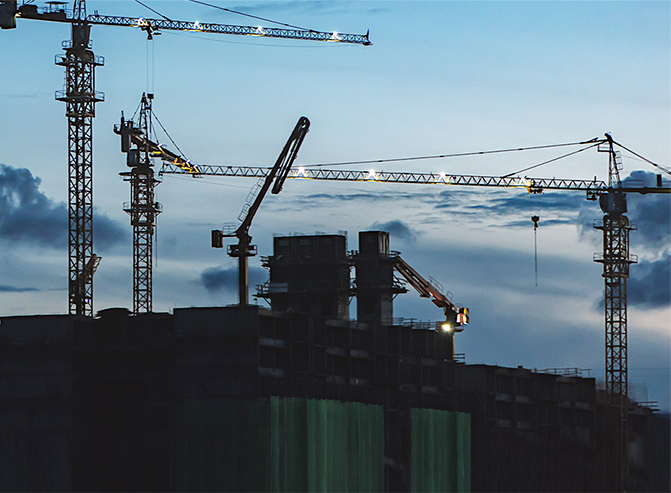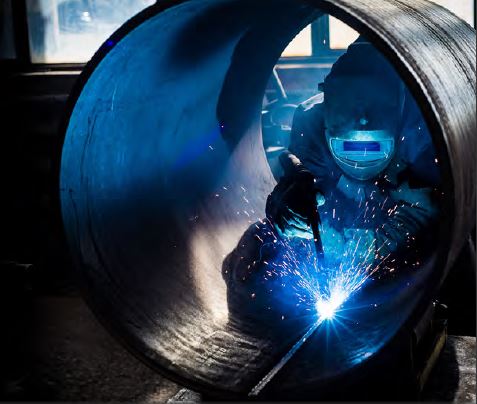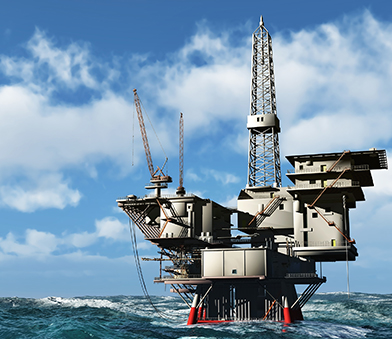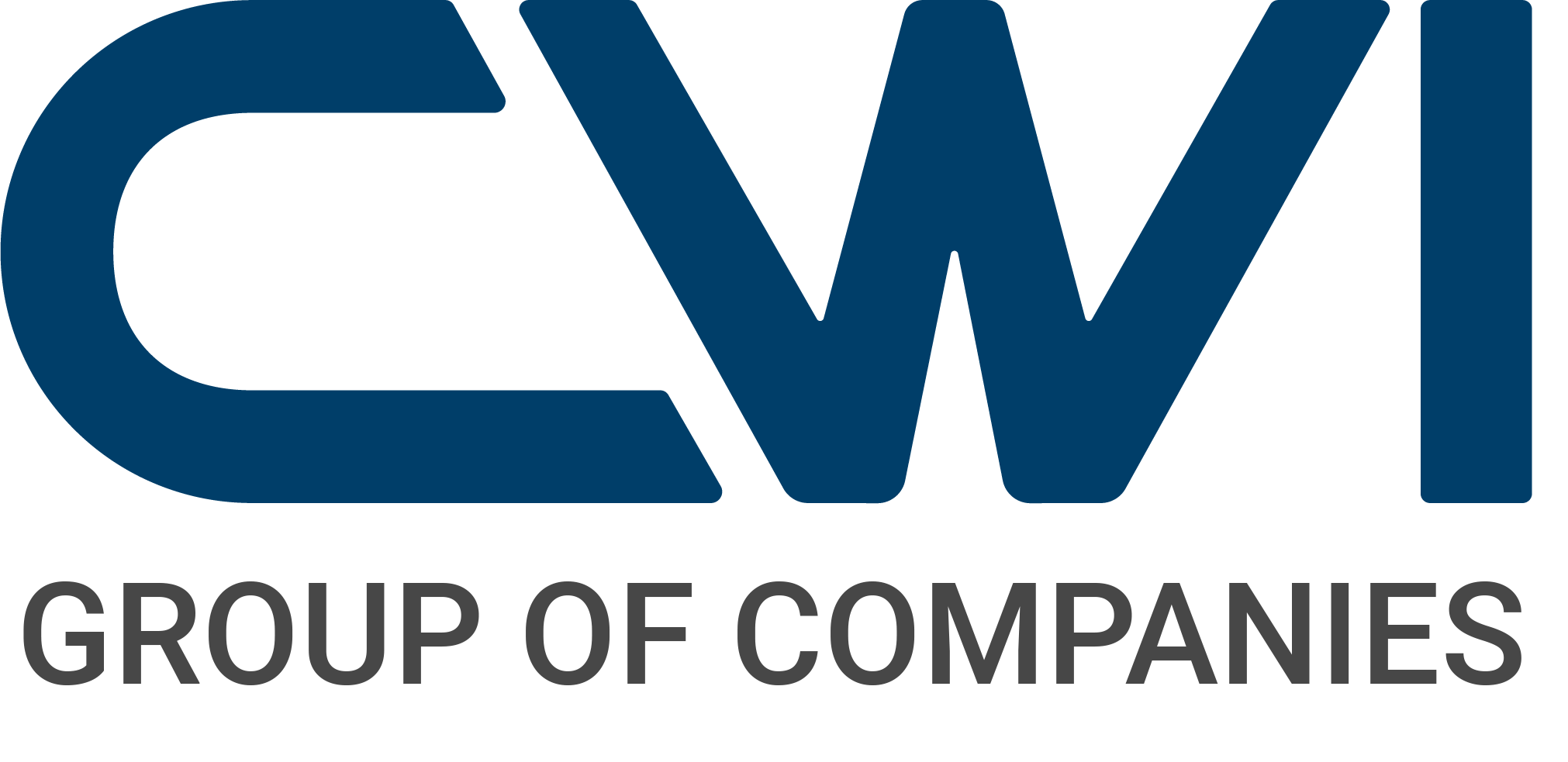将知识应用于实际解决方案
从最基本的层面来说,焊接是将两块金属连接起来的过程。这种金属粘接工艺几乎用于所有需要将材料对接在一起以形成与原始材料一样牢固(甚至比原始材料更牢固)的连接的应用中。焊接适用于当今工业中各种形状、尺寸和类型的材料,从医疗设备中支持流体运动的精密零件到化学处理和脱盐过程中使用的最大管道系统。只要有金属需要连接,就有焊接工艺。而易损件正是为您的应用提供所需的填充材料、焊条和焊丝。今天就给我们发送询盘,让我们值得信赖的专家为您提供值得信赖的解决方案。




储罐制造
用于储存的容器在各行各业都很常见。从石化加工中的流体和气体储存到食品加工中的水和谷物储存,焊接罐都能提供灵活的解决方案。边角、接缝和结构支撑的连接使设计能够满足储存设施的特定容积、移动和压力要求。
覆盖层/覆层
通过将耐腐蚀性较强的材料粘接(或覆盖)到耐腐蚀性较弱的材料上,可以保护管道、阀门和其他用于在恶劣环境中运输和储存材料的物品,使其免受过早削弱金属的化学反应的影响。堆焊/包覆是一种有效的解决方案,因为它适用于各种形状,而且可以使用多种不同的合金。
化学加工
化学品在分离、还原和反应等不同环节之间的移动和储存,对于工艺的有效性以及员工的安全和健康至关重要。通过堆焊和包覆消除不必要的反应,在储存或压力容器中形成牢固持久的接缝,以及确保所有管道、法兰、阀门和其他潜在泄漏点的安全至关重要。使用适当的合金并按照适当的程序进行焊接,可确保加工设施每天都能高效、安全、可靠地运行。
管道
就其核心而言,管道是一种简单的工具,可以将材料从原处高效地输送到需要的地方。它们是工业智慧无处不在的标志,为世界上许多大型工业提供了久经考验的解决方案。无论是用类似的焊接材料组合管道长度,还是将金属叠加以减少或消除腐蚀反应,焊接所提供的经济实用的解决方案都是任何其他连接或包覆方法所无法比拟的。
水力涡轮机
当今发电涡轮机中使用的高强度先进金属需要可预测的性能和简化的生产流程,而现代焊接合金的精密连接程序可实现这两点。无论是将异种金属叠加在一起以增加叶片的功能性,还是将同类金属连接在一起以完成外壳或管道高架桥,材料焊接都能为水电项目提供所需的灵活性和可靠性能,从而在不断互联的世界中保持电力供应和工厂运转。
蘑菇
在封闭的机械系统中,任何需要消散声音的地方都可以使用消声器。因为声音只不过是由振动形成的加压波(来自内燃机的爆炸或空气压缩机中的活塞和阀门),这些波可以被另一个加压波抵消。这一切都发生在加压容器内,这意味着用于制造该容器的安全、高强度焊缝对于长消声器寿命和最佳性能是必需的。优化这些接头处的焊接合金将最大限度地提高消声器的性能。
PUMPS & VALVES
工业泵和管道系统以高压将材料输送到各个设施、城镇和地区,以保持我们的经济发展。通过一个完整的系统来制造坚固的阀门、法兰和其他连接件的能力,使调节这种材料流动的能力成为可能。为了最大限度地提高性能,降低维护新设计和旧设计的成本,同时将停机时间降到最低,必须将不同尺寸和形状的金属连接起来。现代焊接技术在提供高强度和持久连接的同时,还具有高度的灵活性。
低温焊接
要成功焊接在零度以下仍保持韧性的镍合金钢,选择合适的焊材非常重要。例如,氢气和液化天然气项目需要一种坚韧、抗裂并具有特定磁性的填充金属。为提高零下温度下的韧性,不锈钢合金中添加了镍元素。请查看我们的镍焊丝,并考虑如何将中央焊丝的焊材用于低温焊接。
